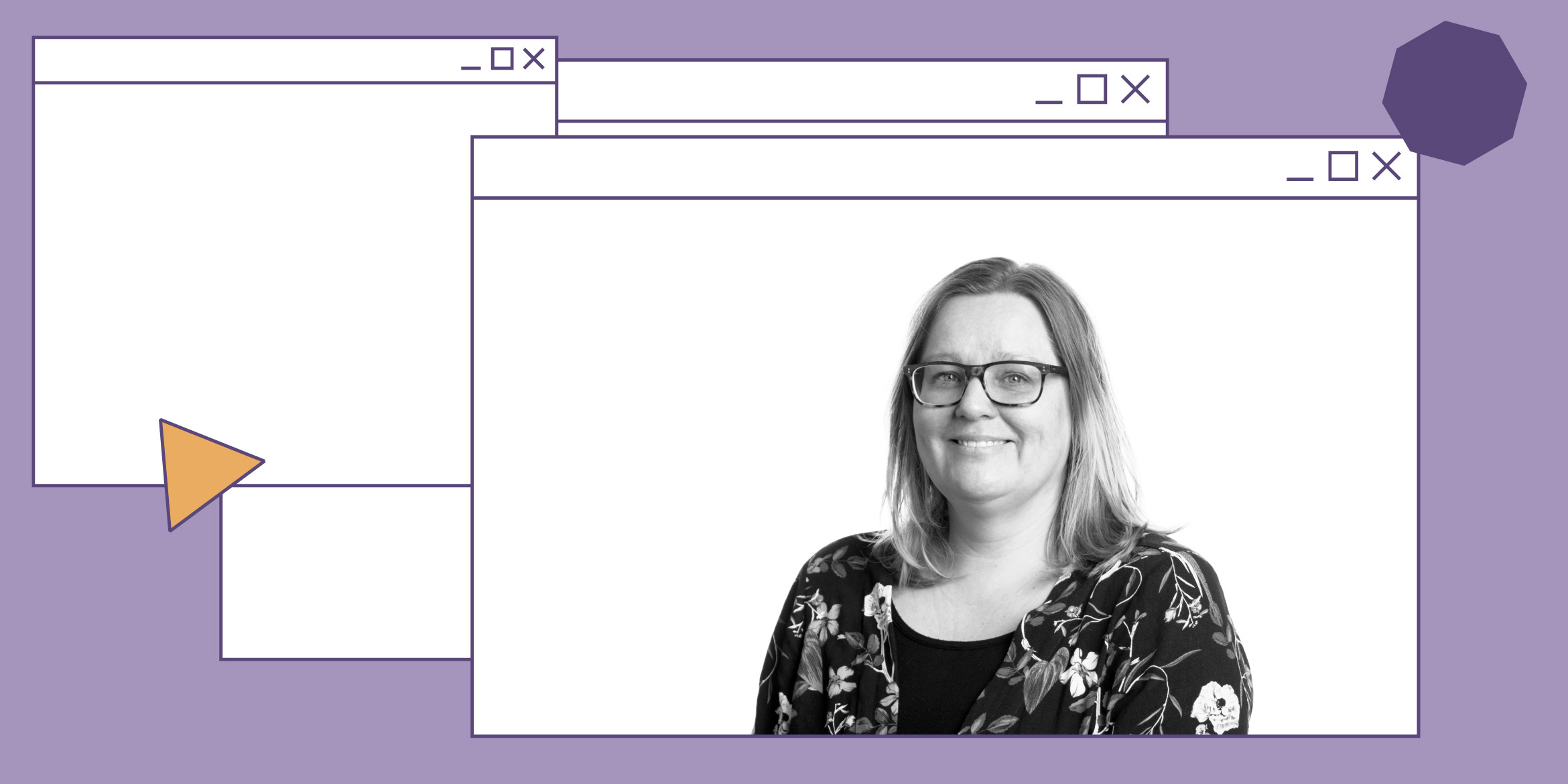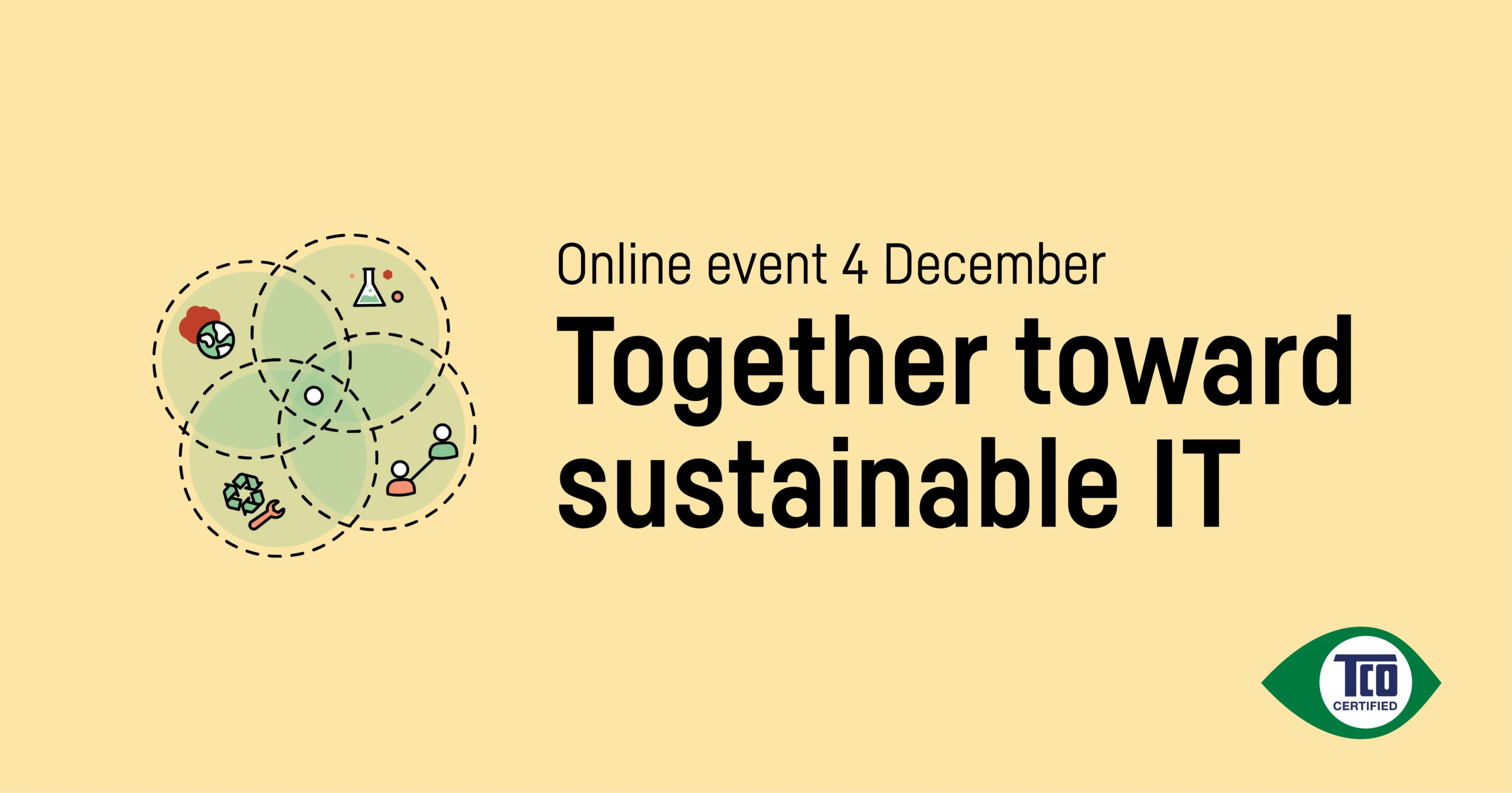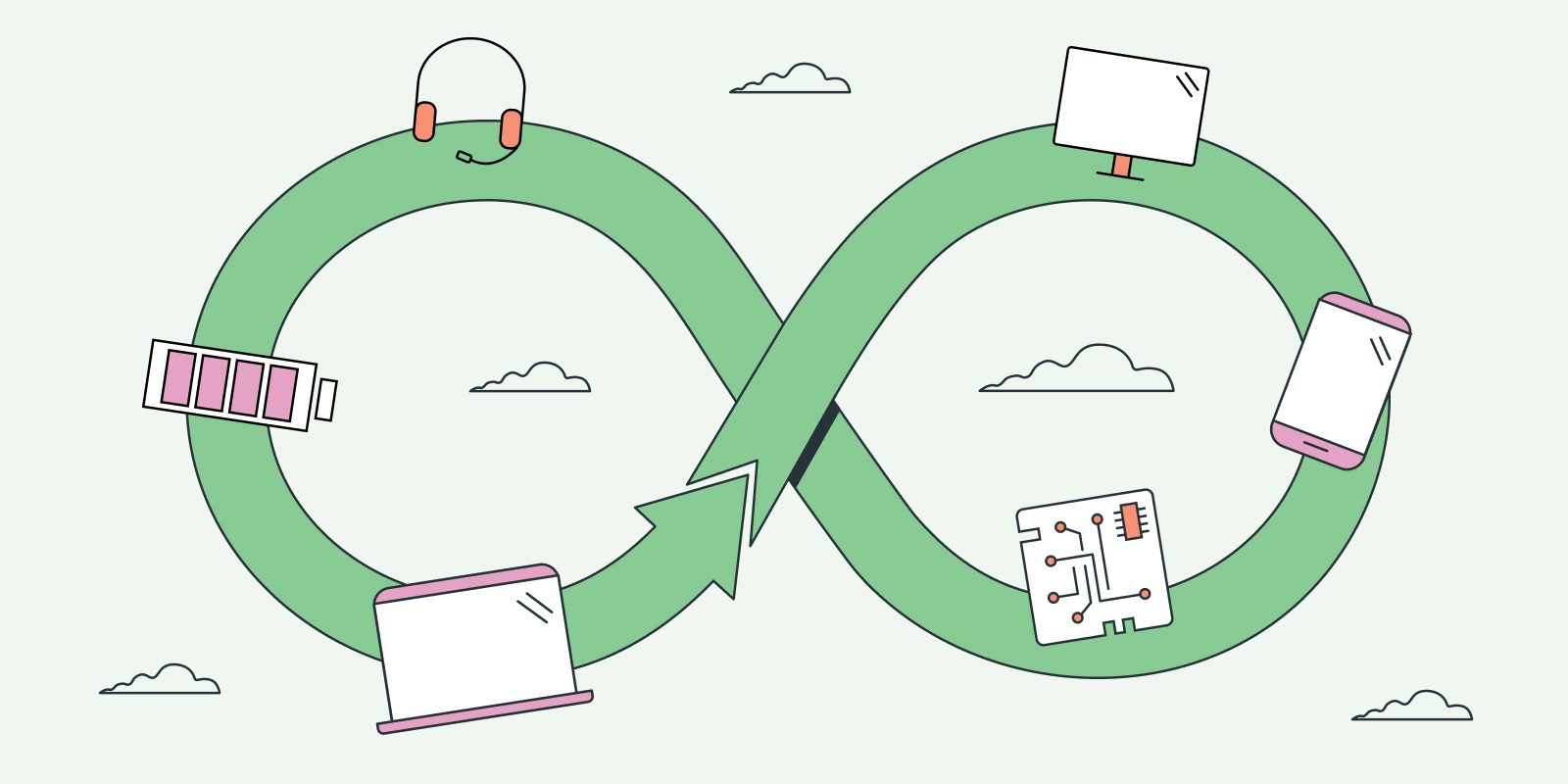The City of Aalborg pioneered circular procurement in Denmark with a project involving school furniture in 2016. It was the first fully circular tender in the country and attracted a great deal of attention. Two years ago, the municipality expanded their circularity focus to also include IT products.
“When we first started speaking to the IT departments, they said their only objective was to get IT equipment for employees so that they could do their jobs. They use 2.5 percent of the total procurement budget and they had not included sustainability in their demands,” says Birgitte Krebs Schleemann, project manager for sustainability procurement at the City of Aalborg.
She is working to implement circular procurement practices at the municipality and has cooperated with IT staff and management to incorporate circular and sustainable elements into processes and daily habits.
The City of Aalborg has seven different political departments — all with their own IT departments. This made the change process more extensive and complex. The first step Birgitte took was to interview all the municipality’s IT teams to understand their daily business and priorities.
“I visited the seven departments, asking a series of questions. How do they buy equipment? How often are laptops replaced? Do they repair products and how do they dispose of products that no one is using anymore?”
“They had never talked about this before. It was a whole new world for them. Initially, I thought that the seven departments were very different but then I realized that they all needed the same thing. It’s been a long process though, because each department wanted to do this in their own way.”
Birgitte learned that notebook computers were often thrown out after only three to four years. IT departments saw no value in discarded IT products, they just wanted help to get rid of them.
“Once they realized that they could get some money back for our used equipment, this argument was gone.”
Only three of the seven departments had agreements with anyone that would take care of used equipment — and they got very little money in return.
Poorly formulated agreements also prevented circularity. According to an agreement with a supplier, the City of Aalborg received a discount on new purchases if the old equipment was destroyed. On top of this, she discovered that one of the biggest obstacles to re-selling IT products was an old policy stating that the city logo must be engraved on all notebook computers.
This was a political decision from a time when computers were extremely expensive and the discussion of sustainability and circularity was non-existent. These factors made reuse and resale almost impossible. Instead, the vast majority of fully functioning computers and phones were turned into e-waste.
Once these discoveries were made, Birgitte started to identify ways to implement more sustainable practices, not least when it came to product lifetime and end-of-life handling. She calculated that simply by keeping notebook computers six years instead of three, the city could cut CO2 emissions equivalent to heating and powering all municipality buildings in the city for a whole year. It would also reduce waste equivalent to that produced annually by 3,000 households.
Did anyone object to these changes?
“The IT departments were positive — what they were afraid of was partly to change their habits, but mainly, the potential cost. They thought that sustainability would be expensive and that nobody would be interested in buying our old equipment, even though it was only three years old. They had also made calculations showing that it would be too expensive to keep a laptop more than three to four years, due to staff hours needed for upgrades and servicing once the warranty had expired.”
Birgitte explains that the financial benefits will be even greater going forward because the municipality’s former policy of engraving its logo on all notebook computers has recently been reversed. The marking will be replaced with removable stickers and DNA labelling. This decision will save money — because engraving is expensive — and generate more income since the value of used computers on the second-hand market will increase. And of course, more computers will now be given a second life.
Today, all seven IT departments have an agreement with a repair and resale company that takes care of their used IT products. The next step will be optimizing the agreement to include even better solutions for sustainability and circularity, such as specifications of how many laptops and mobile phones will be reused, repaired, used as spare parts or for material recycling.
They would also like to include requirements for transportation and packing to minimize the use of virgin raw materials and CO2 emissions.
How would you describe this development?
“A lot has definitely happened. Getting people onboard has been the first step and an interesting journey. Engagement among IT staff and management is really great now, and I can see that there’s a lot of low hanging fruit ready to be picked. We just have to get going.”




